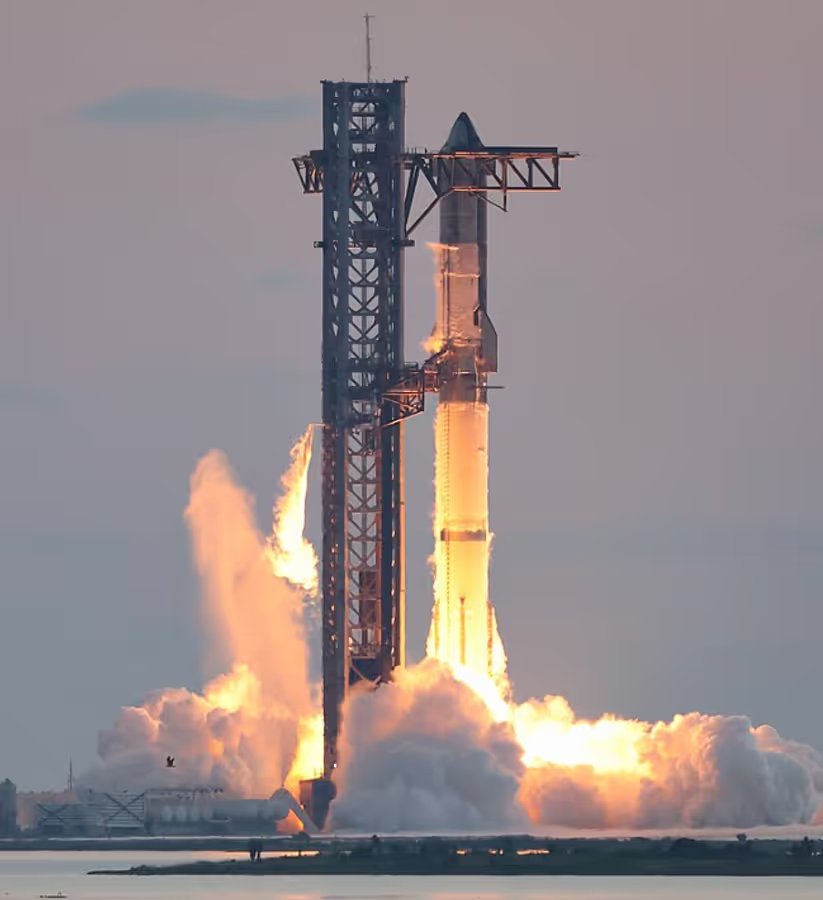In a groundbreaking announcement that has electrified the global scientific and tech communities, Elon Musk has confirmed that SpaceX’s Starship spacecraft is set to reach Mars by the end of 2026. Even more astonishing? It won’t be traveling alone. Onboard will be Tesla’s humanoid robot, Optimus – a bold step that fuses cutting-edge robotics with interplanetary exploration. Musk’s latest declaration reinforces his long-standing goal of making life multi-planetary and suggests that humanity could be setting foot on the Red Planet as early as 2031.

The initial mission, scheduled for 2026, will serve as a high-stakes proof of concept. Starship, SpaceX’s fully reusable heavy-lift launch vehicle, will make its most ambitious journey yet—traveling over 140 million miles through deep space to Mars. Accompanying the vessel will be Optimus, Tesla’s AI-powered humanoid robot, which Musk hopes to use for early exploration, site scouting, and infrastructure support ahead of human arrival. This robot will act as the first “terraforming assistant,” gathering data and preparing for future human operations.
Elon Musk emphasized that this mission is not just about making headlines—it’s about laying a solid foundation for long-term human presence on Mars. “If everything goes according to plan,” he stated, “we could have humans land on Mars by 2031.” This timeline, while ambitious, is not unprecedented coming from Musk, whose relentless drive and ability to meet near-impossible goals have already reshaped the electric vehicle, energy, and space industries. Now, he’s turning that energy toward rewriting the destiny of the human race.

The involvement of Tesla’s Optimus robot adds a new layer of intrigue to the mission. Introduced in 2021, Optimus was originally designed to perform repetitive or dangerous tasks here on Earth. However, the robot’s AI-driven learning capabilities and humanoid structure make it ideal for autonomous work in extraterrestrial environments. Whether it’s setting up solar arrays, conducting geological surveys, or simply testing long-term endurance in Mars’s harsh climate, Optimus is expected to play a critical role in preparing Mars for human settlement.
Public response to Musk’s announcement has been a mix of awe, excitement, and skepticism. While some critics question whether the timeline is realistic, others are captivated by the sheer scale of the vision. Industry experts say that if SpaceX can successfully land Starship on Mars and deploy Optimus without human support, it would mark one of the most significant milestones in space exploration history—one that could pave the way for sustainable interplanetary colonization in our lifetime.

As always, Elon Musk isn’t just dreaming—he’s building. With Starship already undergoing multiple flight tests and Tesla continuously refining Optimus’s design, this mission is rapidly moving from concept to execution. If the 2026 launch proceeds as planned, humanity will take its first major leap toward becoming a spacefaring civilization. And by 2031, we might just witness something that, until now, belonged only in science fiction: humans walking side-by-side with intelligent machines on the surface of Mars.
